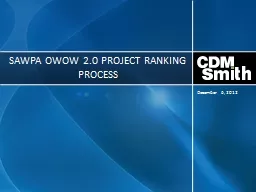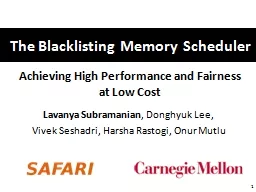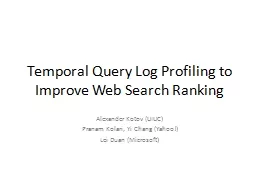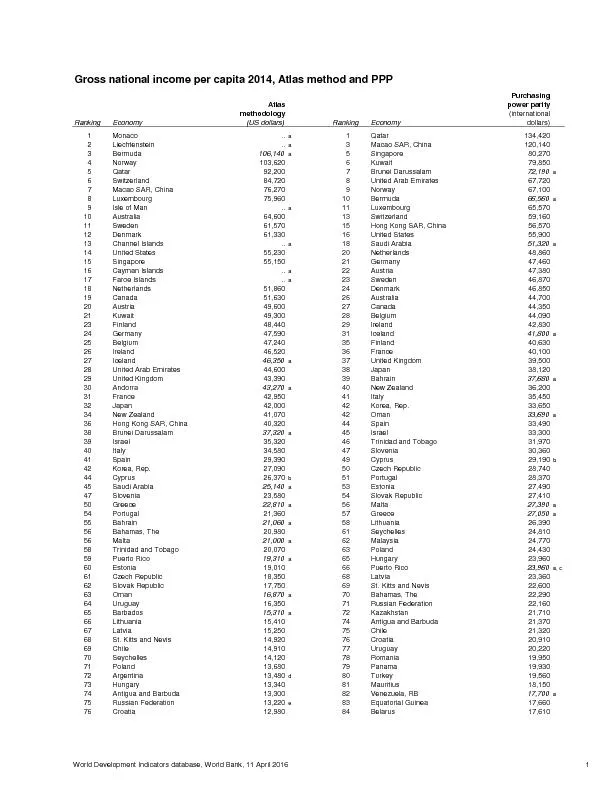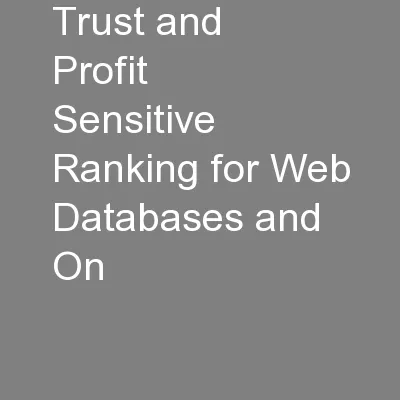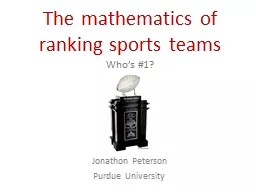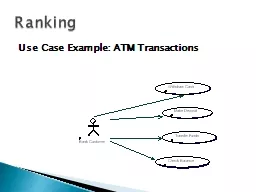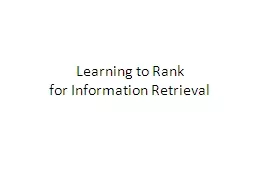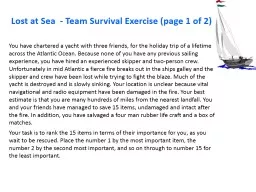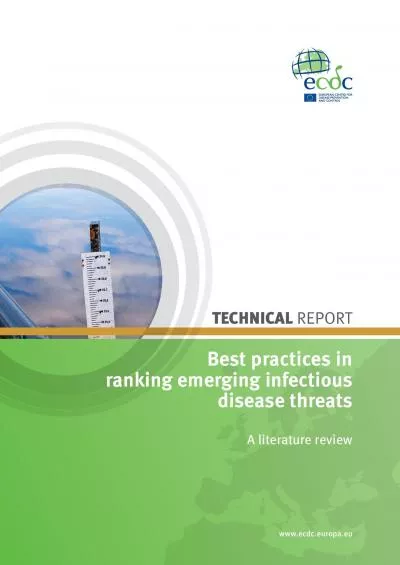PPT-SAWPA OWOW 2.0 Project Ranking Process
Author : giovanna-bartolotta | Published Date : 2018-03-18
December 6 2012 MultiStep Project Ranking Process OWOW Steering Committee developed five criteria and weights and eight performance measures Criteria equally weighted
Presentation Embed Code
Download Presentation
Download Presentation The PPT/PDF document "SAWPA OWOW 2.0 Project Ranking Process" is the property of its rightful owner. Permission is granted to download and print the materials on this website for personal, non-commercial use only, and to display it on your personal computer provided you do not modify the materials and that you retain all copyright notices contained in the materials. By downloading content from our website, you accept the terms of this agreement.
SAWPA OWOW 2.0 Project Ranking Process: Transcript
Download Rules Of Document
"SAWPA OWOW 2.0 Project Ranking Process"The content belongs to its owner. You may download and print it for personal use, without modification, and keep all copyright notices. By downloading, you agree to these terms.
Related Documents

